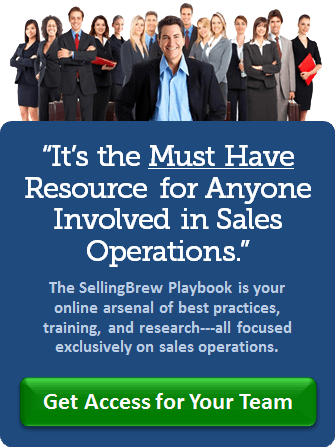Until fairly recently, these efforts were mostly a one-sided – and a one-dimensional – approach. Marketing tended to create content on its own, and then attempted to make it available to sales – whether they wanted it or not.
This “more-is-better” approach focused on developing individual pieces to build an entire content catalogue across many different types of assets, such as brochures, case studies, industry-specific collateral, and more. These early content development efforts seemed to come from the mentality of “build it, store it, and hope that it works.”
So what was wrong this approach? It overlooked the dimension of timing, or exactly when each asset should work best in the buyer’s journey. By treating content development as a portfolio and not a linear process, these content developers also missed other valuable takeaways, such as identifying potential content gaps that may need to be filled.
One-Dimensional Content Creation: What We’re Creating
- Content was thought of as a portfolio of separate but equal tools that sales could pick and choose from to educate potential buyers.
- More content was always better, even if it wasn’t effective (or being used!)
- Content creators were not closely connected with content users and did not always understand how content would be used.
- There was little to no thought to when content would be used, or how to create a linear approach to content in a way that worked for buyers.
A new dimension in content development
Most marriage proposals usually come a long time after the first greeting and introduction, and if they didn’t, they might scare the “prospect” off. Similarly, content development professionals need to consider timing and context as they try to court potential buyers.
The same principle is true for those charged with content creation. We have to carefully consider what the prospect expects from us at each step of the way, when each piece should be used, and if we’re missing content that could be more effective. These are the criteria that should guide us to develop new content, not the idea of doing more of the same.
For example, developing a fancy new product video is great, but if your sales team attempts to show a prospective client a product tutorial before they actually understand what your company does, their eyes will glaze over and the message will be lost (along with the salesperson’s credibility). They may view it later, but like the old tagline says, “you never get a first chance to make a first impression.”
Instead, do all you can to align the right content with the various buyer stages and then work with sales to tailor it to each unique selling situation. This is your best chance to accelerate sales cycles and close more deals.
So, When Content Should Be Used?
- Content is developed to fit in a specific need and be delivered at just the right time in the buyer’s journey.
- More effective content – delivered in the right context and at the right time – is more valuable than general content.
- Content creators and content consumers are closely aligned and constantly collaborate to produce better results.
- Content is developed to be used on a linear path and naturally move prospects towards a buying decision.











